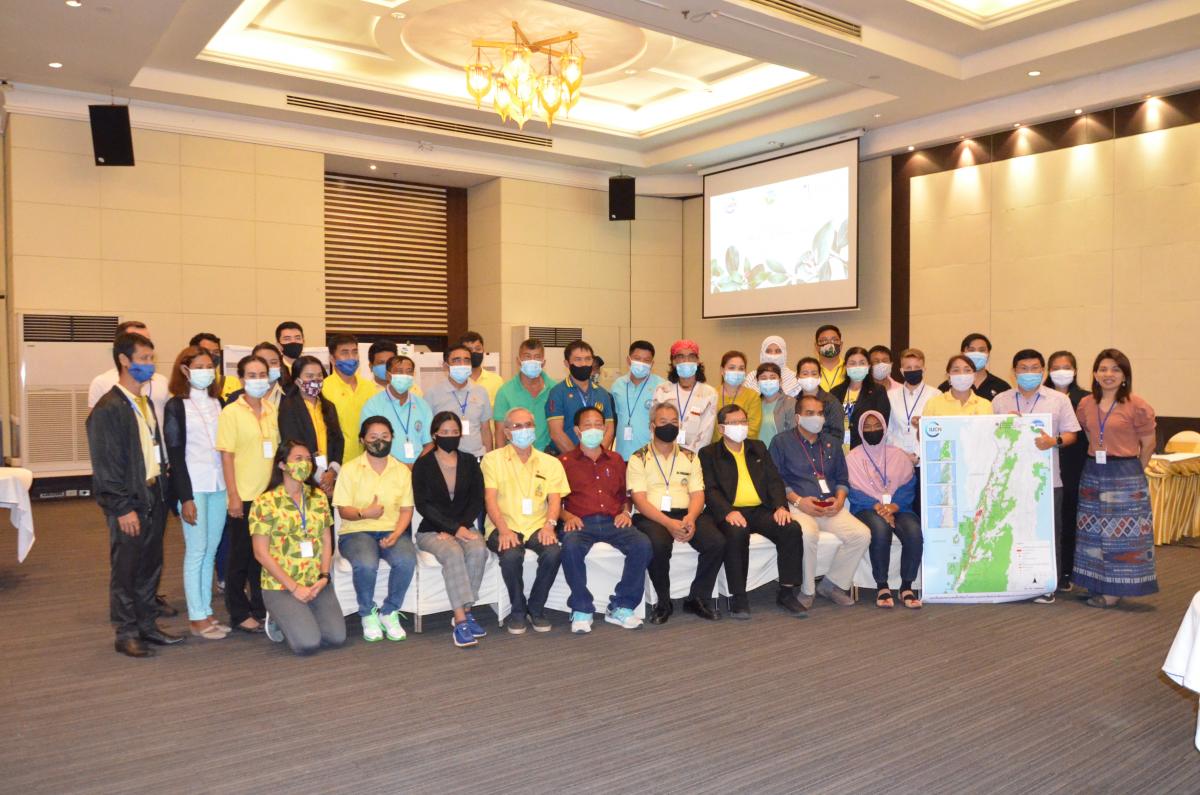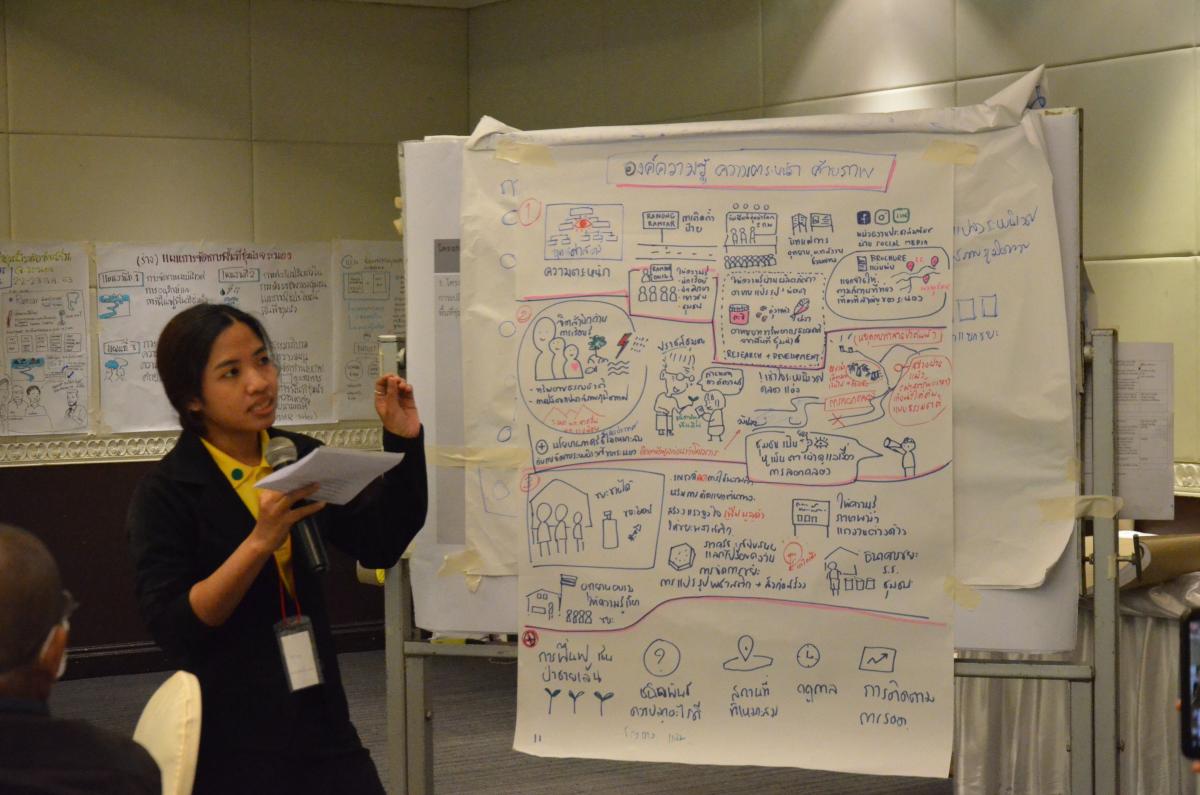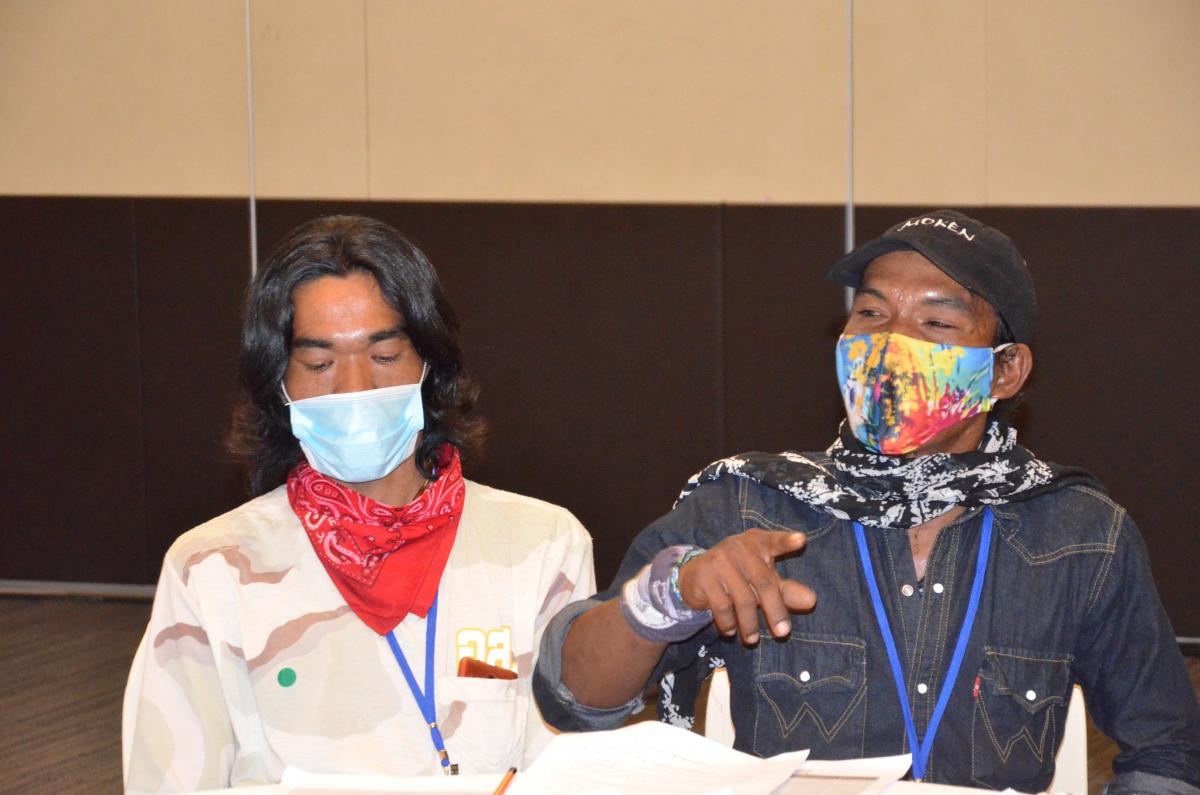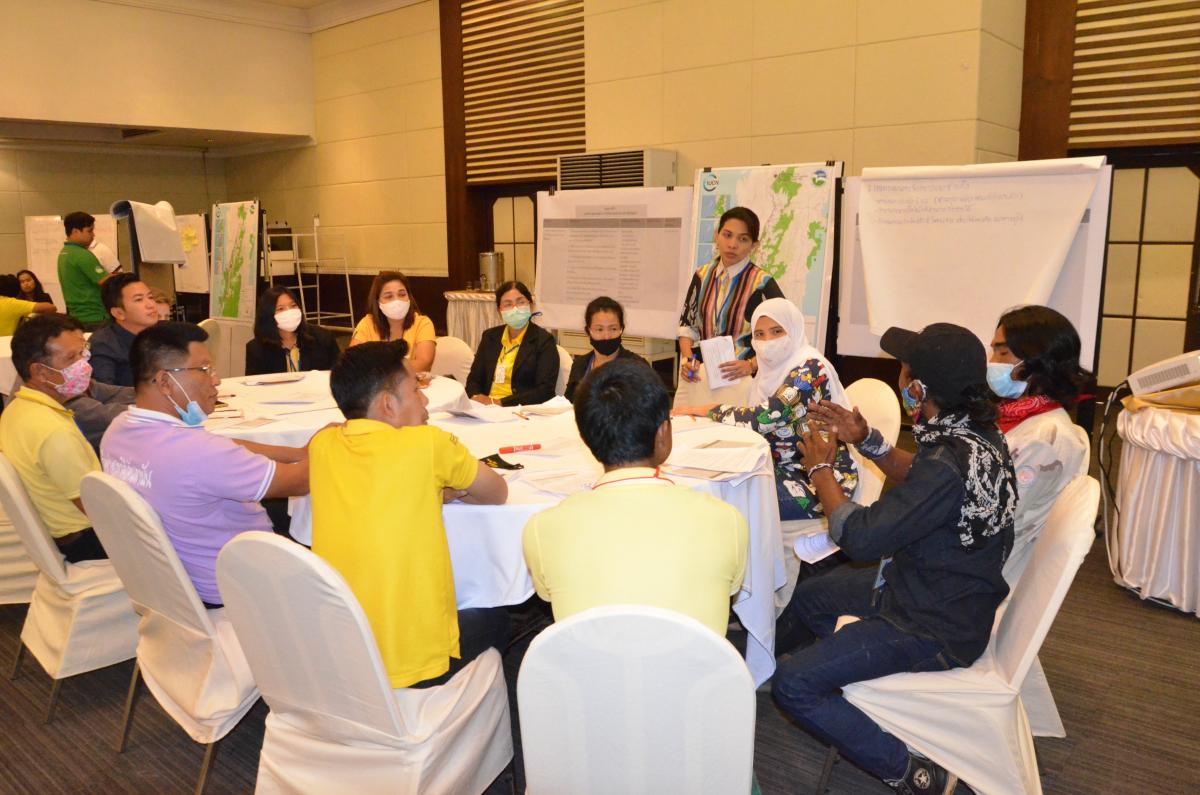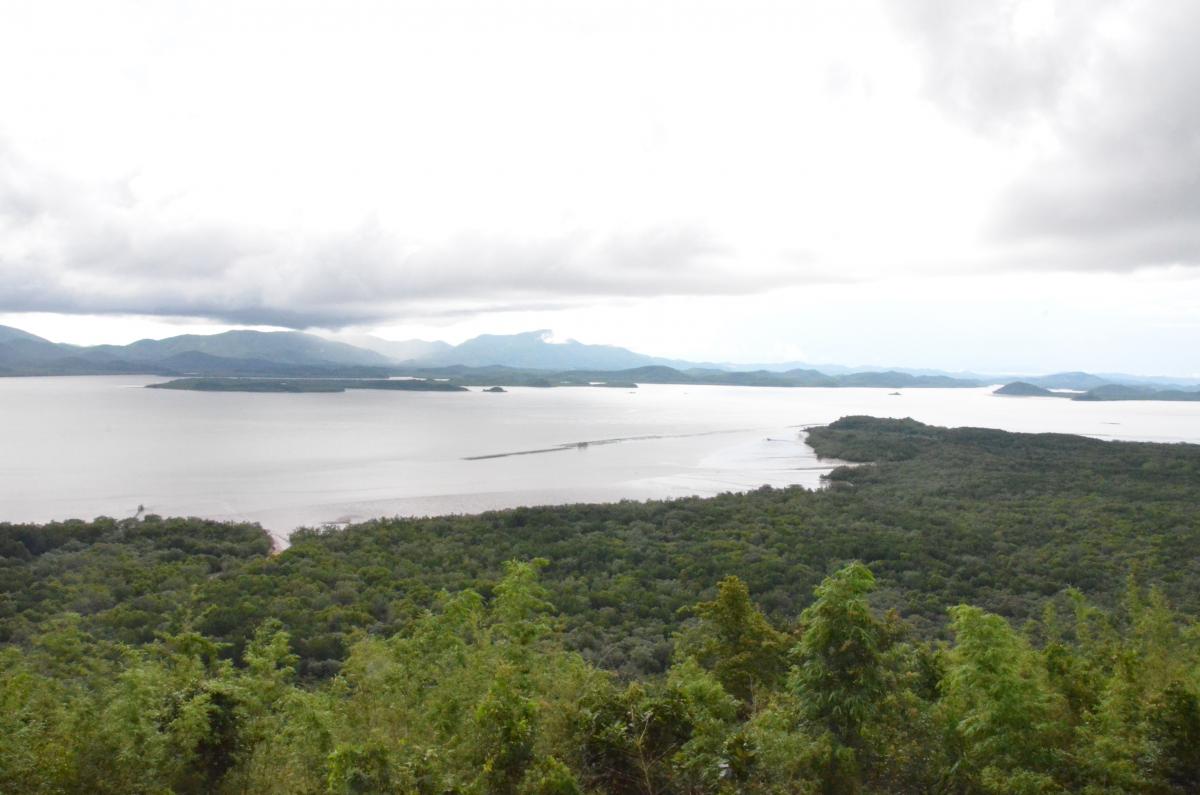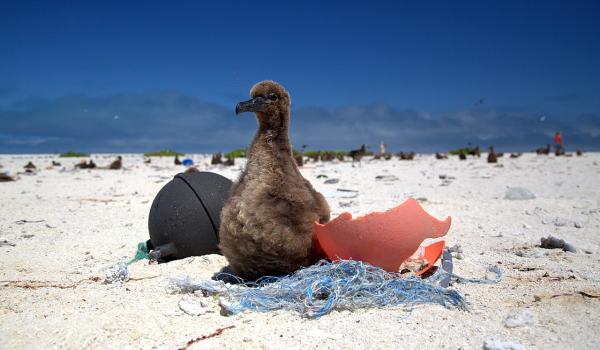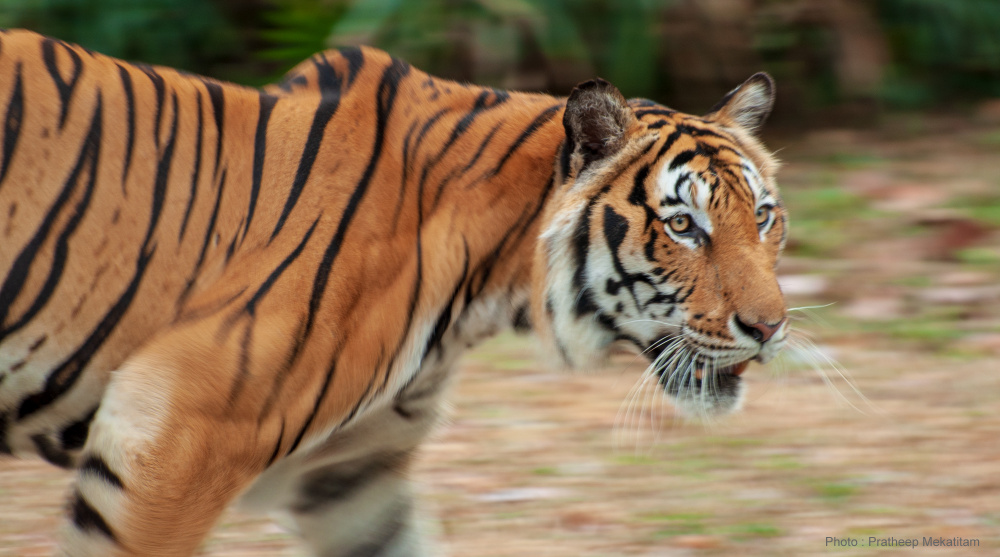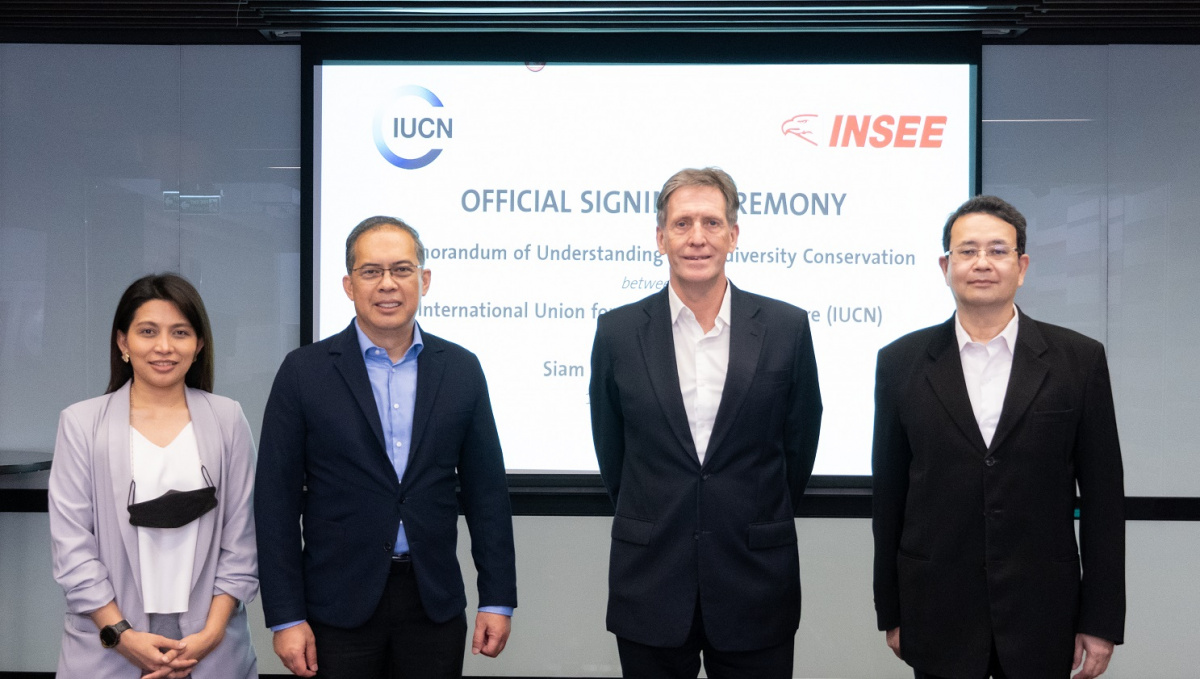Developing a management plan for Thailand’s largest Ramsar site
From 22 to 23 July 60 representatives from local government, communities and national parks met to prepare a management plan for the Kaper Estuary - Laemson Marine National Park - Kraburi Estuary Ramsar Site, also known as the Ranong Wetland -- the largest of Thailand’s 15 Ramsar sites. The wetland covers 1220 km2 (762,500 rai) and harbours some of Thailand’s most pristine mangrove forests.
Workshop participants highlighted the importance of developing a Ramsar site management plan that meets the needs of all stakeholders throughout the diverse site.
“It is important that the Ranong Management Plan allows indigenous communities to fish in our traditional fishing grounds. This is a key part of our culture and identity,” said Mr. Somchok Talayluek, an indigenous fisherman from the Phayam Island Moken community.
The workshop identified four key components for the management plan: ecosystem conservation; resilient livelihoods; Communication, Education, Participation, and Awareness (CEPA); and Ramsar site governance.
Participants discussed a range of topics, including zoning and monitoring, the conservation of rare and economically important species, the involvement of local communities in co-management and water utilization in agriculture. Solid waste management is an ongoing issue in the wetland. Stakeholders suggested a province-wide plastic reduction campaign, including activities to help change behaviors, and shift waste management approaches from burning of plastic to recycling as an alternative way to generate income.
Governance of the Ranong wetland is complex, requiring strong local capacity as well as transboundary cooperation with Myanmar.
“It is important to ensure coordination between the provincial and district level management at the site. The presence of three national parks within the Ramsar site further complicates Ramsar site regulations,” said Ms. Siriporn Tanboot, Director of the Ranong Provincial Office of Natural Resources and Environment.
Kaper Estuary - Laemson Marine National Park - Kraburi Estuary was designated as a Ramsar site, also known as a Wetland of International Importance in 2002. The site has some of the oldest living mangrove trees, estimated to be 200 years old, and hosts other threatened habitats such as seagrass and coral reefs.
The management plan will build on the results of the Climate Change Vulnerability Assessment and climate change adaptation planning consultations completed for the site, which highlight climate change threats to the ecosystems, species and communities, and potential Ecosystem-based Adaptation actions to strengthen the resilience of the wetland.
______________
About Mekong WET
Funded by the International Climate Initiative (IKI) of the German Federal Ministry for the Environment, Nature Conservation, Building and Nuclear Safety (BMUB), and to be implemented until 2020, the “Mekong WET: Building Resilience of Wetlands in the Lower Mekong Region” project aims to build climate resilience by harnessing the benefits of wetlands in Cambodia, Lao PDR, Thailand, and Viet Nam. Mekong WET will help these countries to address their commitments to the Ramsar Convention, an international treaty for the conservation and sustainable use of wetlands, and to achieve the Aichi Biodiversity Targets. The project is also supporting the IBRRI and the implementation of the IBRRI strategic plan 2019-2024.
About IBRRI
The Indo-Burma Ramsar Regional Initiative was established in 2016 to support cooperation and capacity building for wetland-related issues in the countries in the lower Mekong region.
